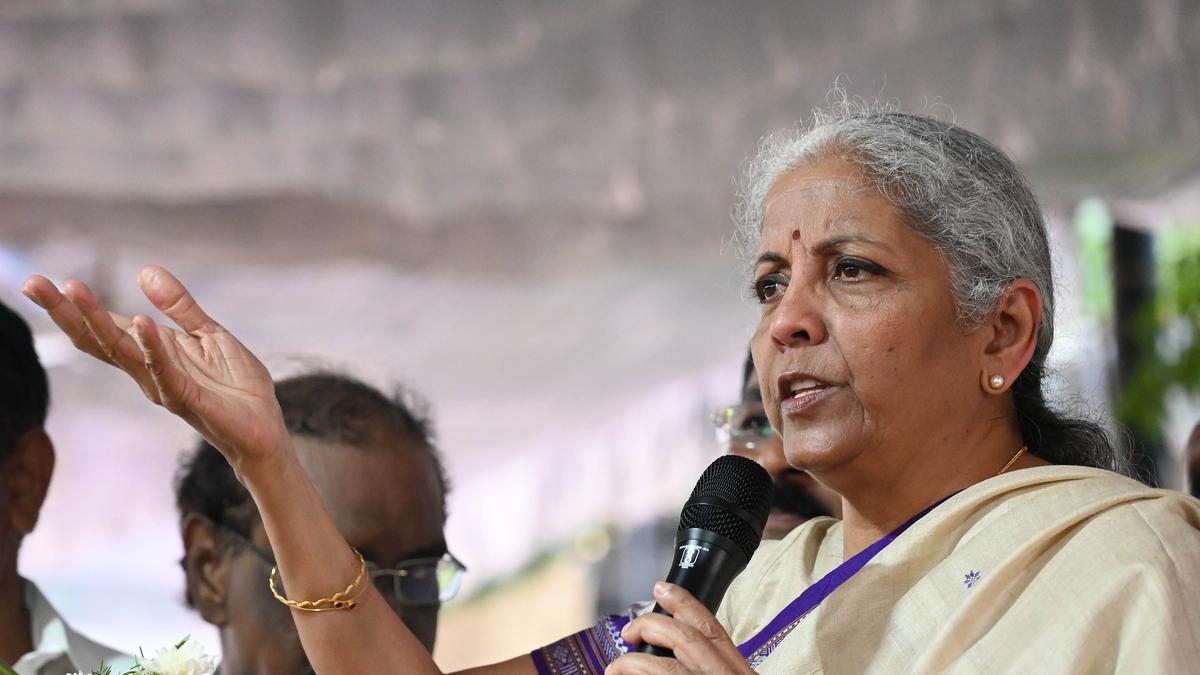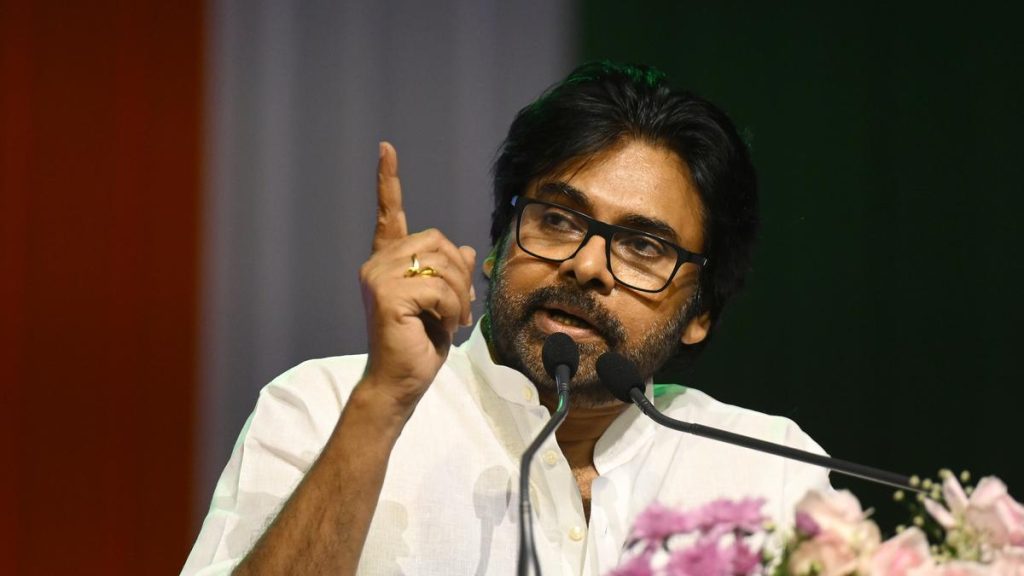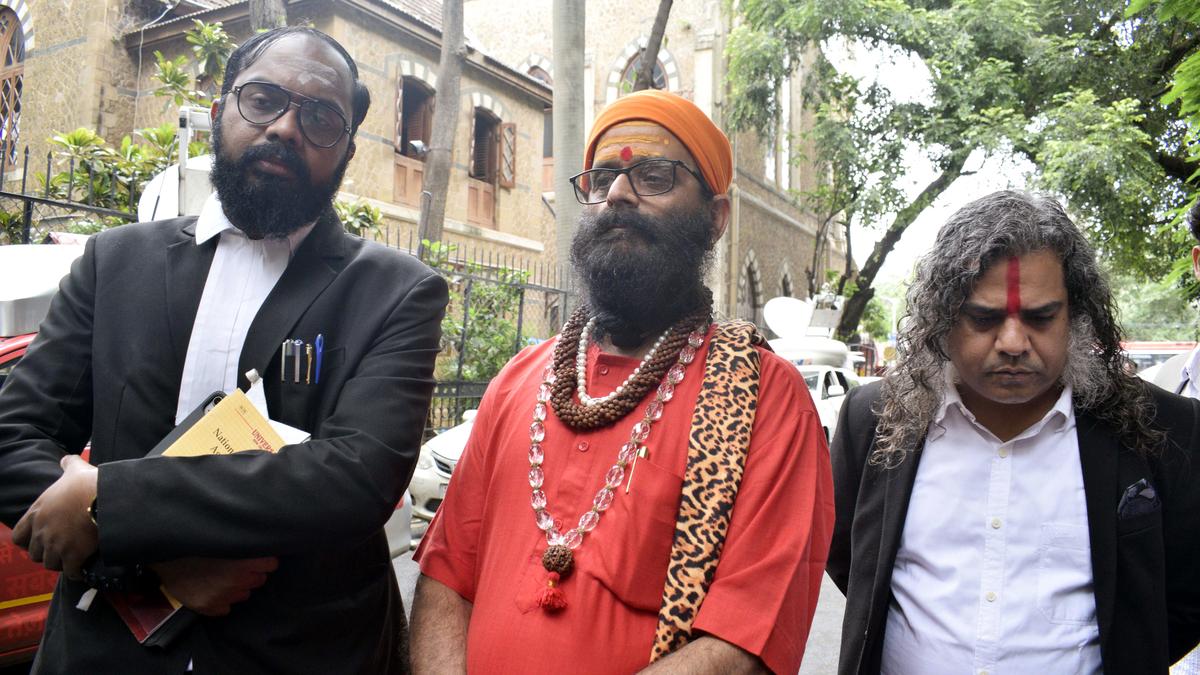Now Reading: GST 2.0 Will Benefit Common Man, Says Finance Minister in Visakhapatnam
-
01
GST 2.0 Will Benefit Common Man, Says Finance Minister in Visakhapatnam
GST 2.0 Will Benefit Common Man, Says Finance Minister in Visakhapatnam

Speedy Summary
- Finance Minister nirmala Sitharaman announced the introduction of “GST 2.0” reforms at a gathering in Visakhapatnam on September 17, 2025.
- GST 2.0 aims to simplify India’s Goods and Services Tax system by reducing the number of tax slabs from five (0%, 5%, 12%, 18%, and 28%) to two – 5% for common goods and 18% for all others.
- Notable changes include reduced tax rates on:
– Household essentials like soaps, toothpaste (reduced to either nil or 5%).
– Life-saving drugs (from up to 12% previously, now down to nil or maximum of five percent).
– Consumer goods like two-wheelers, cars, TVs, cement (down from the earlier slab of 28% to 18%).
- Nearly all goods that were taxed at current rates of 12% will now shift into the lower slab of 5%.
- The reforms are expected to leave ₹2 lakh crore in consumers’ hands through reduced taxation across essential categories.
- GST revenue has significantly increased since its inception – ₹7.19 lakh crore in FY2018 compared with a projected ₹22.08 lakh crore by FY2025 under this expanded taxpayer base.
- The government hopes these changes will drive consumer spending and improve affordability for citizens while continuing infrastructure development under welfare schemes.
Indian Opinion analysis
The declaration of GST reforms underscores a significant overhaul aimed at simplifying India’s complex indirect taxation structure. With only two slabs-5% and 18%–the new system may reduce confusion among consumers and businesses while lowering the overall effective tax burden on essential items like daily-use products or medicines.
From an economic perspective,consolidating most goods into lower brackets is expected not only to boost liquidity but also reduce inflationary pressure in key sectors such as healthcare and construction materials (e.g., cement). This move could stimulate demand-driven growth by enabling households with higher disposable income levels.
While these benefits are promising for India’s middle-class population especially-benefits affordability+access issues major planning thought mattered.READ more























